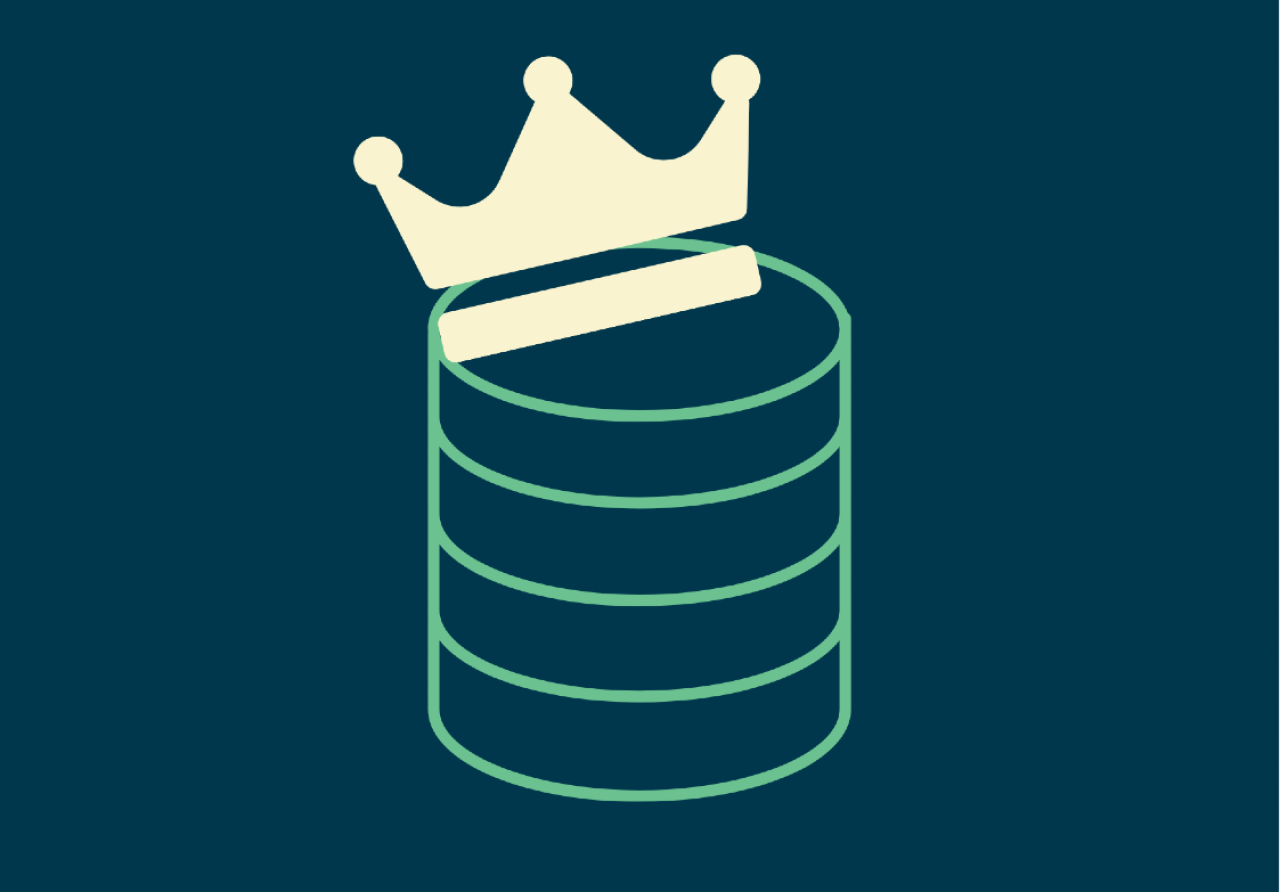Ask a CEO what the most important asset is within their company, and they are very likely to reply that the people and a good company culture are the assets that make or break their business.
While this is absolutely true, the second most important thing is always the data. Those companies that place a huge amount of importance and care around their data (such as Amazon, Google, banks, online retail giants and now even your local till-less corner shops) understand how powerful a trusted source of data can be used to generate income and improve their customer experience.
CMDB stands for Configuration Management Database; it's used to store information about an enterprise’s hardware and software assets, and the relationships among them. It enables businesses to manage the data surrounding their assets in one place, hence why the health and functionality of the CMDB is so very crucial – some may even call it the crown jewels of one’s organisation...
Question: Do you think that your company values the CMDB data in the same way a CEO values the business customer data?
Probably not. While this is fair enough, perhaps a more accurate question would be “Do you think your company values the data in the CMDB enough?” At Unifii, we are seeing more and more businesses becoming aware of the value of a CMDB that is highly regarded as a trusted source of truth.
The CMDB has massively evolved and expanded from the early days of IT infrastructure library good practice. It now embraces and bridges the divide between IT and the business itself, especially when overlaying the ServiceNow Common Service Data Model (CSDM). Surfacing those joined up benefits has become much easier - in a prescriptive way.
A trusted CMDB can provide multiple efficiencies to operational activities, both within IT and the actual business itself. Its many talents cover the areas of:
Business resiliency – Understanding how people, location, buildings and IT may affect your organisation..
Operational risk – Managing risks of different types, such as software support, skills or environmental. Bear in mind that some of these may need to be mitigated and budgeted for.
Business impact assessment – Executing reviews, surveys or assessments against entries in your CMDB to establish how they might affect design, build, implementation and BAU activities.
Business change – Allow major change to understand the wider impacts, showing how the business can benefit from rationalisation or indeed planning for expected costs.
Service Portfolios – The richness of data concerning what your customers consume from you will prove to your customers, whether internal or external, that you understand them.
IT Service Management – This list wouldn't be complete without the typical IT incident, problem and change processes that once upon a time drove the need for a CMDB in the first place.
IT Asset Management – The CMDB is closely linked to the need to manage the financial aspects of hardware, software, consumables, mobiles, tablets and perhaps even more esoteric assets of value to you.
At Unifii, we can help you place a value on your crown jewels: we perform health checks and recommendations around refactoring your existing CMDB. With us, you can implement processes to measure and report on the population and quality of data in your CMDB. Our approach keeps it structured and aligned to the ServiceNow CSDM standard too, to ensure that your investment is always protected.
Look out for parts two and three of the crown jewels trilogy!
If you think your CMDB is looking jaded, give us a call to discuss how we can help. Feel free to get in touch with one of the team here.







